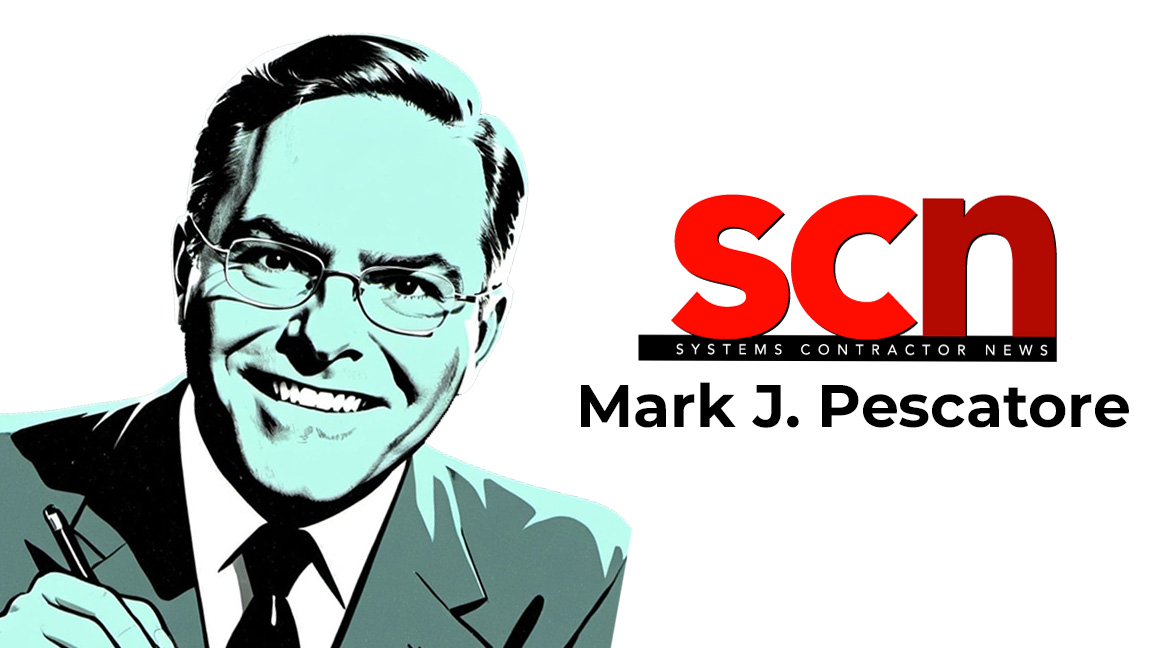
Last month, I was a bit critical about AI. Mind you, I think I more than justified my reluctance in pledging complete acquiescence to the artificial intelligence overlords. Still, while there may be ethical concerns regarding AI content generation, it is certainly helping people be more efficient with menial tasks. Plus, it does a good job in the Pro AV space with tracking speakers who can't sit still, following conversations in crowded conference rooms, eliminating annoying background noises, and more.
But can it produce a decent headshot? I mean, why go through the effort of calling my photographer and scheduling a photo shoot when I can just go online and not even break out the blazer?
There are several AI-based, headshot-generating websites out there. Upload a selfie (or several for better modeling) and you'll get access to multiple headshots in multiple outfits with multiple backgrounds … as well as multiple levels of realism and/or quality.
I decided to pursue a DIY approach and chose OpenArt, an AI-based art platform, for creating my headshot. OpenArt gave me a handful of credits as part of a free trial, and I probably used half of them before I had any clue of what I was doing (which is not to say I became an expert with the other half).
[Logitech Launches AI-Driven, Sustainably Designed Videobar for Huddle Rooms]
Essentially, you type in a description of the image you want, and the platform creates that image based on your words. Truly amazing technology. At first, I requested several variations of a middle-aged reporter with brown hair who was wearing a sport coat and writing on a reporter's notebook at his desk. Sometimes I asked for other details, such as a typewriter or a bottle of Diet Coke, and I explored a range of styles, such as "retro comic book."
The results were far from perfect. In one image, the reporter was writing with both hands. Hey, at least there was a typewriter. Another had two typewriters on his desk, with the Coca-Cola logo emblazoned on one of them.
At some point, I realized I could upload my own headshot as a "face reference." Using my current headshot, a different shot from the same photo shoot, and an unshaven selfie, I started typing again.

You can see some of the results in the collage above this paragraph. From the left, I like my "early film photography" attempt, but the shirt collar is unfinished. My "photorealistic" sample gave me Austin Powers-like teeth and an Alfred E. Neuman vibe. I'm not quite sure what's going on with my nose in the "professional headshot" on the beach or my hair in the "glamour" shot in Venice. And the "silk screen comic book" effort has a realistic face, but it's surrounded by unrealistic everything else.
Part of the fun—and frustration— of these AI experiments harkens back to the wisdom of Forrest Gump: You never know what you're going to get. But context is also important. Remember, each of these headshots was produced by a complete novice, and it took more time to type my description than it did for the platform to render the image.
What did I learn from this experience? First, if OpenArt is in any way accurate with its interpretation of my face, I was right to abandon any dreams of a modeling career. Second, there are plenty of ways to waste time on the internet—but if you really want to go down a rabbit hole, consider AI-based image generation. Third, and probably most important, I think I need to call my photographer.







